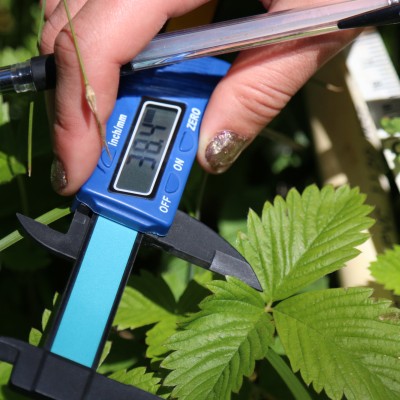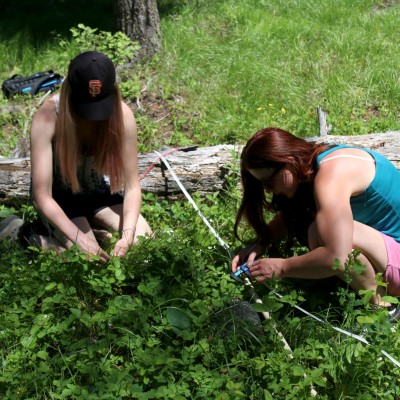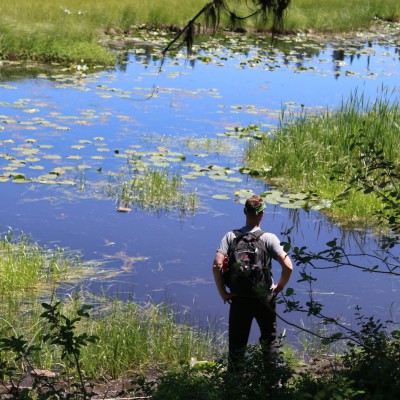A Pileated Woodpecker was busy working in the trees above College of Western Idaho (CWI) students as they completed field research next to Payette Lake, in McCall, during their immersion science class.
Adventurous students recently completed CWI’s first Biology 2 class at the University of Idaho Field Campus (UIFC). The four-week course gave participants a chance to get hands-on experience in the field as they completed lab work on the lush forest floor surrounded by ponderosa pines and Douglas-fir trees. This year was CWI Assistant Professor of Biology, Steve Lysne’s, maiden voyage with the class.
“The purpose of the field work is for the students to hone their science process skills; literature review, experimental design, data collection, analysis, interpretation, and science communication via a short presentation.”
The class is intense and the students complete four credits of instruction which also includes a week of online instruction via Blackboard. The course meets the same requirements as a similar biology class in a traditional setting. Credits from this class are transferable to both Boise State as well as the University of Idaho.
Students start their day with breakfast, in a historic log cabin built in the 1940s, before making a short walk to a yurt, with a stunning view of Payette Lake — some students called it a ‘good distraction.’ After a couple of hours of classroom work, participants load into a van and head out to locations along the lake, Ponderosa State Park, and the Payette National Forest dependent on the focus of their field study to complete labs.
“When you bring students out here to be immersed in the organisms they are studying, we think it’s transformative,” said Lysne.
On June 19, teams of students worked on their own projects, which included Taylor Widman and Lexi Bray who were exploring the habitat in a marsh area at Lily Lake. As water snakes slithered past and deer ventured by, they looked at snails, tadpoles, and insects. After collecting specimens they walked to the edge of the marsh, their boots disappearing in thick mud with each step, to note their observations.
“It’s a lot easier to absorb the information because you’re working with it constantly, it makes it a lot easier to remember things,” said Bray.
The class was a wonderful opportunity for students to discover the diversity of plants and animals, while surrounded by beautiful scenery — with the added bonus of receiving four credits in four weeks.





